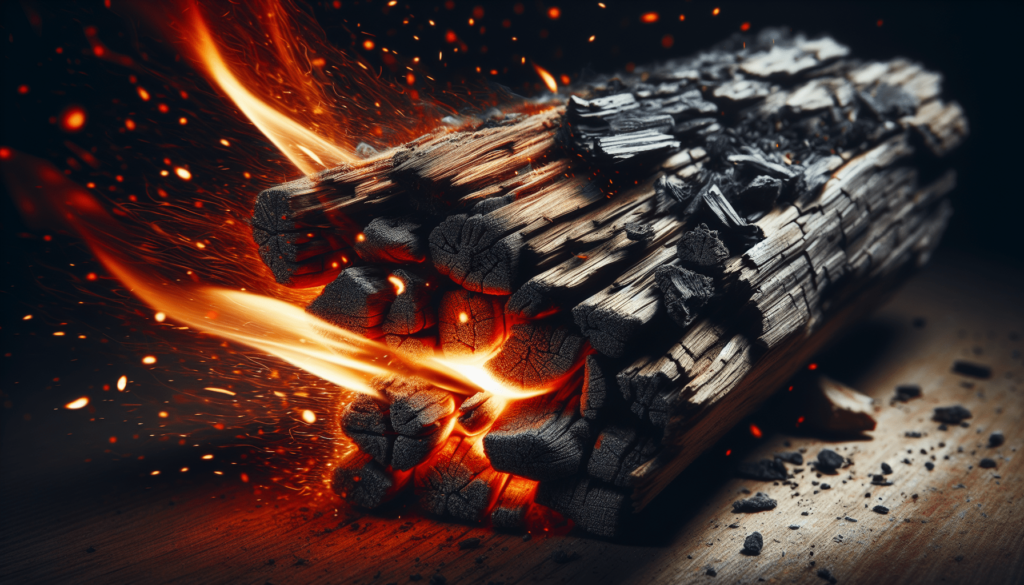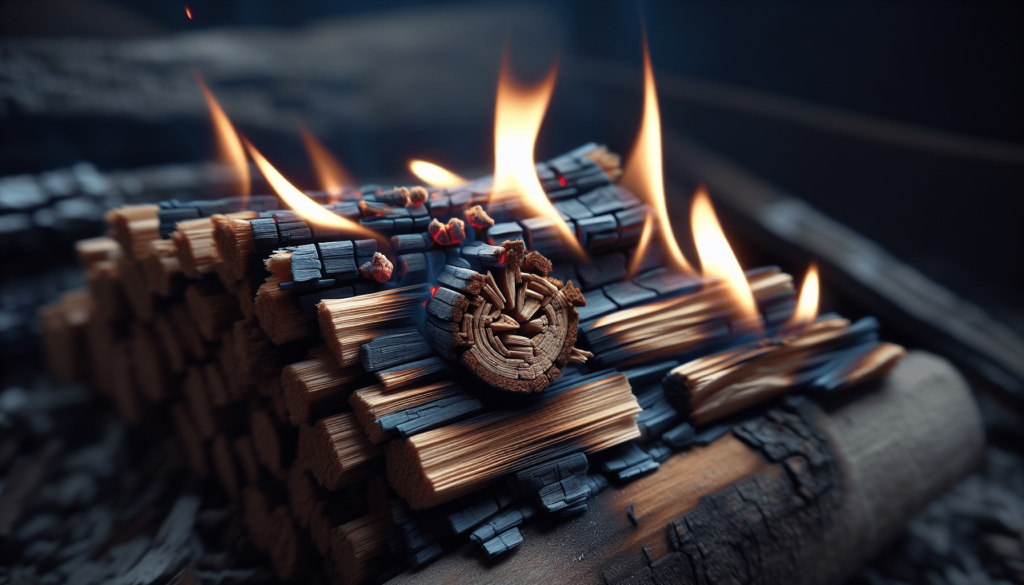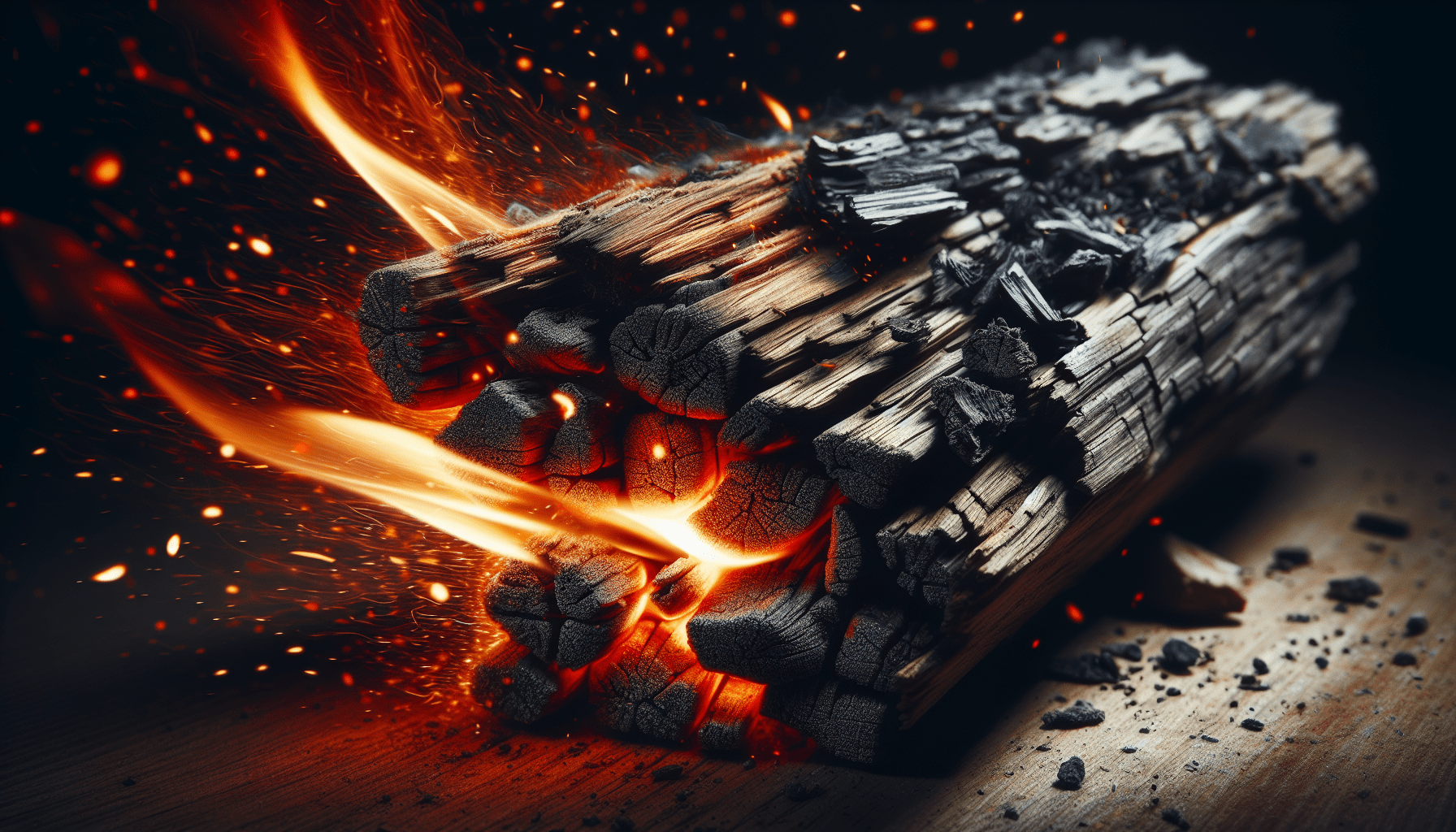Why is it difficult to burn wood? Ah, this seemingly simple question can lead one down a rabbit hole of science, nature, and a bit of frustration. I remember the first time I tried to light a campfire with my friends. It was an immense challenge, resulting in singed eyebrows and a not-very-well-cooked hot dog. So let’s unravel the mystery of why burning wood isn’t as straightforward as it seems.
The Science Behind Burning Wood
Burning wood is a chemical process, and like any good science experiment, it requires specific conditions to achieve the desired outcome. Essentially, burning is a type of combustion, which is a chemical reaction between a fuel (in this case, wood) and an oxidizer (usually oxygen in the air). Here’s a simplistic overview:
Combustion: The Basic Principle
Combustion is an exothermic reaction, meaning it releases energy, primarily in the form of heat and light. For wood to combust, it needs to reach a particular temperature where the chemical bonds in the wood’s cellulose and other organic materials break down. The temperature required is around 300 degrees Celsius (572 degrees Fahrenheit).
Phases of Burning Wood
Wood doesn’t just catch on fire instantly. It goes through phases. Let’s break them down:
- Drying (or Preheating): Initially, the heat from the flames removes the moisture present in the wood.
- Pyrolysis: Once the wood is dry, it starts to decompose chemically, producing volatile gases and a charred residue.
- Gas Combustion: The gases produced during pyrolysis mix with oxygen and produce the flames.
- Char Combustion: The remaining char continues to burn slowly, providing a long-lasting heat source.
The Role of Moisture
Moisture Content in Wood
One of the primary reasons wood can be difficult to burn is its moisture content. Freshly cut wood, also known as green wood, can contain up to 50% water. Imagine trying to light a damp sponge on fire. Difficult, right? For wood to burn efficiently, its moisture content should ideally be below 20%.
Effects of High Moisture Content
High moisture content in wood means that much of the initial heat from your fire goes into evaporating the water rather than igniting the wood. Here’s a simple table illustrating the stages of combustion in relation to moisture content:
| Moisture Content | Stage | Effect |
|---|---|---|
| >30% | Drying | Fire struggles, lots of smoke |
| 20-30% | Early combustion | Fire may catch, weak flames |
| <20%< />d> | Full combustion | Optimal burning, strong flames |
Seasoning Wood
To reduce the moisture content, wood needs to be seasoned, which involves allowing it to air-dry for several months. Depending on the type of wood and local climate conditions, seasoning can take anywhere from six months to a couple of years. Seasoned wood is lighter, has visible cracks, and produces a resonant sound when hit together.

Types of Wood
Hardwoods vs. Softwoods
Wood can be broadly classified into hardwoods and softwoods, and these classifications matter when it comes to burning efficiency.
Hardwoods
Hardwoods come from deciduous trees, like oak, maple, and birch. These trees shed their leaves annually. Hardwoods are denser, which means they burn longer and produce a more consistent heat.
Softwoods
Softwoods come from coniferous trees like pine, fir, and spruce. These trees have needles and typically remain evergreen. Softwoods ignite more quickly but burn out faster and usually produce more resin, which can lead to more creosote buildup in chimneys.
The BTUs of Different Woods
BTU stands for British Thermal Unit, which measures the amount of heat energy a substance can produce. Different types of wood have different BTU ratings.
| Wood Type | BTUs per Cord (Approx.) |
|---|---|
| Oak | 24 million |
| Maple | 23 million |
| Pine | 17 million |
| Fir | 15 million |
It’s clear from the table that hardwoods provide more energy per cord compared to softwoods, making them a better option for longer-lasting fires.
Proper Firewood Preparation
Splitting Wood
Splitting wood increases its surface area, allowing it to dry more efficiently and burn more easily. Smaller pieces of wood catch fire quicker than large logs because more surface area is exposed to the heat and oxygen.
Stacking Wood
Properly stacking wood is also crucial for efficient burning. Wood should be stacked in a way that allows air to circulate freely around each piece. Many people use a crisscross or pallet-style stacking to ensure maximum air flow.
Covering Wood
While it’s important to allow air to circulate, it’s equally important to keep the wood dry. This calls for a delicate balance. Covering the woodpile with a tarp to protect it from rain while leaving the sides exposed can achieve this balance.

Starting the Fire
Tinder, Kindling, and Fuelwood
Successfully starting a fire usually requires three types of materials: tinder, kindling, and fuelwood.
Tinder
Tinder is the first material that will catch fire from a spark or a match. It includes small, dry materials like paper, dry leaves, and pine needles.
Kindling
Kindling consists of small sticks or slivers of wood that catch fire from the burning tinder. Good kindling is dry and typically about pencil-thick.
Fuelwood
Fuelwood includes the larger logs or pieces of wood that keep the fire going for a longer period.
Building the Fire: Methods
There are several methods to build a fire, each with its own pros and cons.
Teepee Method
The teepee method involves forming a cone shape with your tinder and kindling, providing good airflow and allowing flames to rise through the structure. It’s easy and usually effective for beginners.
Log Cabin Method
The log cabin method requires stacking logs in layers, alternating directions, resembling a log cabin’s walls. This structure offers a stable, evenly burning fire but takes a bit more skill to construct.
Upside-Down Fire
An upside-down fire is built starting with large logs at the bottom and progressively smaller pieces as you go up. The fire burns from the top down. It’s excellent for longer burns and requires less maintenance, but it’s tricky to set up correctly.
Common Challenges
Creosote Buildup
Creosote is a tar-like substance that forms when the gases from burning wood condense on the walls of a chimney. Over time, it can build up and create a fire hazard. Hardwood, seasoned wood, and proper air flow can reduce creosote buildup, but regular chimney cleaning is also essential.
Draft Issues
Without proper airflow, even the best-prepared wood pile won’t burn efficiently. Draft issues can be a result of poor chimney design, blockages, or even external factors like wind. Ensuring a good draft can sometimes be as simple as opening a window slightly or using a chimney cap.
Incomplete Combustion
Incomplete combustion can result from several factors, including insufficient oxygen, wet wood, or poor fire-building technique. Signs include excessive smoke, soot, and a smoldering fire that struggles to produce heat.
Wood-Burning Appliances
Wood Stoves
Wood stoves are closed combustion systems that can be more efficient than open fireplaces. Modern wood stoves come with features designed to improve airflow and reduce emissions, making wood-burning a more environmentally friendly option.
Fireplaces
Fireplaces provide aesthetic appeal and a sense of nostalgia, but they are less efficient than wood stoves. Most of the heat can escape through the chimney, although fireplace inserts can help to improve efficiency.
Pellet Stoves
Pellet stoves use compressed wood or biomass pellets and are known for their high efficiency and ease of use. They require electricity to operate but can provide a more consistent and cleaner burn compared to traditional wood stoves.
Environmental Considerations
Carbon Footprint
Wood-burning releases carbon dioxide, but its impact is different from fossil fuels. Trees absorb CO2 as they grow, and when wood is burned, it releases only the CO2 that the tree absorbed during its lifetime, making it a relatively carbon-neutral process.
Air Quality
While modern wood stoves and proper burning techniques can minimize pollutants, wood-burning still releases particulate matter into the air. It’s crucial to use well-seasoned wood and efficient appliances to reduce these emissions.
Safety Tips
Keeping a Fire Extinguisher Handy
Having a fire extinguisher nearby can provide peace of mind and could be crucial in case of an emergency.
Regular Maintenance
Regularly cleaning the chimney and inspecting your wood-burning appliance can prevent problems before they start.
Safe Storage
Store firewood away from your home to minimize the risk of pests and reduce fire hazards.
Smoke Alarms
Ensure that smoke alarms are installed and functioning correctly around your home, especially near sleeping areas.
Conclusion
Burning wood might sound like an ancient, straightforward task, but as we’ve seen, it’s a multi-faceted process influenced by a variety of factors. From moisture content and wood type to proper fire-building techniques and safety measures, each aspect plays a crucial role in the art and science of burning wood effectively.
Next time you find yourself struggling to start a campfire or puzzled by why your wood stove isn’t producing the heat you expected, just remember: it’s all part of the complex, fascinating dance between nature and chemistry. And who knows, maybe with a little more understanding, you can be the hero of the next camping trip—complete with perfectly roasted marshmallows and a roaring fire.

